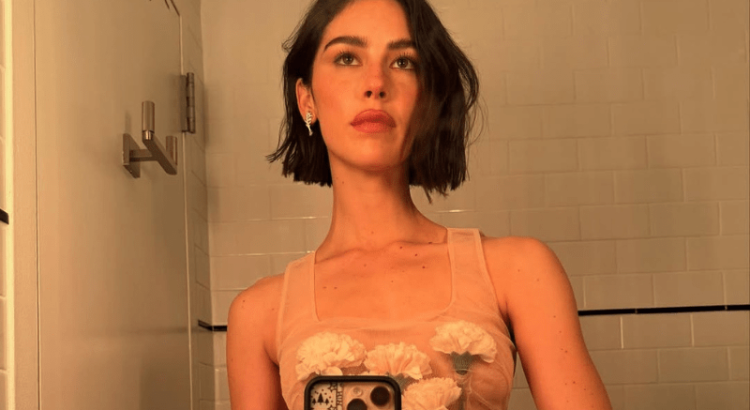El Valle Grita – Gracie Abrams doesn’t shout her way into the music industry. She whispers, confesses, and quietly unsettles. Her voice barely rises above a breath. Yet somehow, that softness cuts deeper than a scream. In an era of loudness and hyperproduction, Gracie leans into restraint. Listeners find her through playlists with titles like “late night thoughts” or “songs to cry to.” Meanwhile, her lyrics float across headphone space like secrets never meant to be heard aloud. For the streaming generation, she embodies the emotional honesty that younger audiences crave. Her music is not about perfection. It’s about presence. About reflection. About being real.
A Sound That Feels Like a Diary Entry
Gracie Abrams doesn’t perform her songs so much as relive them. Each track unfolds like a private memory. The production stays minimal—soft keys, gentle beats, sparse guitar. In contrast to mainstream pop, her music avoids gloss. That rawness is intentional. For example, in tracks like “21” or “I Miss You, I’m Sorry,” the vocals crack with real tension. There’s a fragility that makes listeners lean in. In addition, the lyrics often sound like unfinished texts or confessions left unsent. She captures emotional complexity with quiet precision. There’s nothing loud or dramatic. Yet it hits harder because it feels so lived-in.
“Read More: Types of Radiation Particles from Radioactive Energy Decay”
The Influence of Streaming Culture
Gracie Abrams rose alongside the dominance of streaming platforms. Her songs don’t need radio play to succeed. Instead, they thrive in personalized playlists, TikTok clips, and Instagram captions. For example, a 15-second snippet from “Difficult” went viral as background to breakup montages. Meanwhile, streaming metrics reward vulnerability. Intimate songs with high replay value build loyal listeners. In addition, fans connect to her directly on social media. She answers comments. She shares handwritten lyrics. There’s little distance between artist and audience. This intimacy mirrors her music. Thus, Gracie’s career feels more like a friendship than a fame campaign.
Writing from a Place of Real Emotion
Unlike many pop stars groomed by committees, Gracie writes much of her own material. Her father, J.J. Abrams, is a Hollywood icon, but she avoids spectacle. Instead of leveraging that spotlight, she stays grounded in personal stories. For example, she’s spoken openly about therapy, anxiety, and heartbreak. Her songs don’t offer clean resolutions. They linger in indecision and emotional fog. In addition, she works with producers who value nuance over perfection. Each note feels chosen, not layered for mass appeal. Despite that, her songs reach millions. Vulnerability, in her case, is a superpower—not a liability.
“Read About: What Really Happened During Katy Perry SydneyConcert“
A Voice for the Sad Girl Generation
Gracie Abrams has become a quiet icon for the “sad girl” archetype. But unlike earlier versions that romanticized sadness, she explores it gently, without glamorizing it. In contrast to nihilism, her songs suggest hope—even if faint. For example, “Where Do We Go Now?” captures the ache of limbo but never completely gives up. There’s pain, but also self-awareness. Meanwhile, she inspires a wave of young artists who mirror her aesthetic—hushed tones, diary lyrics, emotional honesty. In addition, her concerts reflect that same atmosphere. Fans cry, but also laugh. They feel seen. She turns loneliness into community, heartbreak into harmony.
The New Blueprint for Emotional Pop
Gracie Abrams isn’t just making sad songs. She’s reshaping what pop music can be. It doesn’t need to fill arenas to be powerful. It can whisper. It can ache. It can reflect instead of explode. For example, her debut album wasn’t packed with radio singles, yet it became a critical and fan favorite. In addition, she’s collaborated with major artists without losing her tone. That consistency matters. Streaming allows subtlety to thrive. Fans press repeat not because it’s catchy, but because it feels like a friend who understands. Thus, Gracie isn’t following trends. She’s writing a new one.



